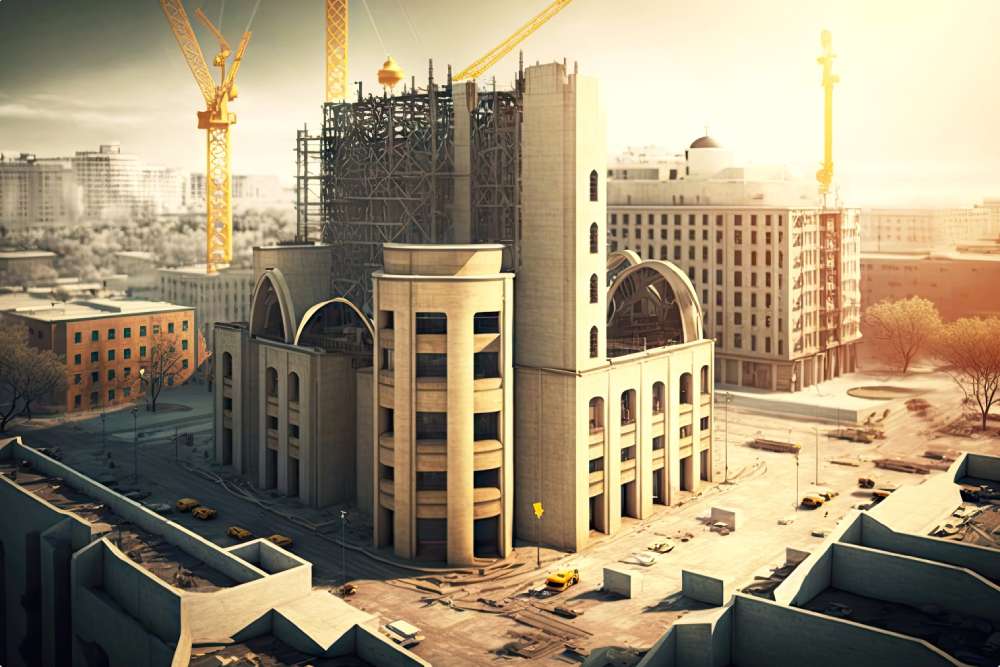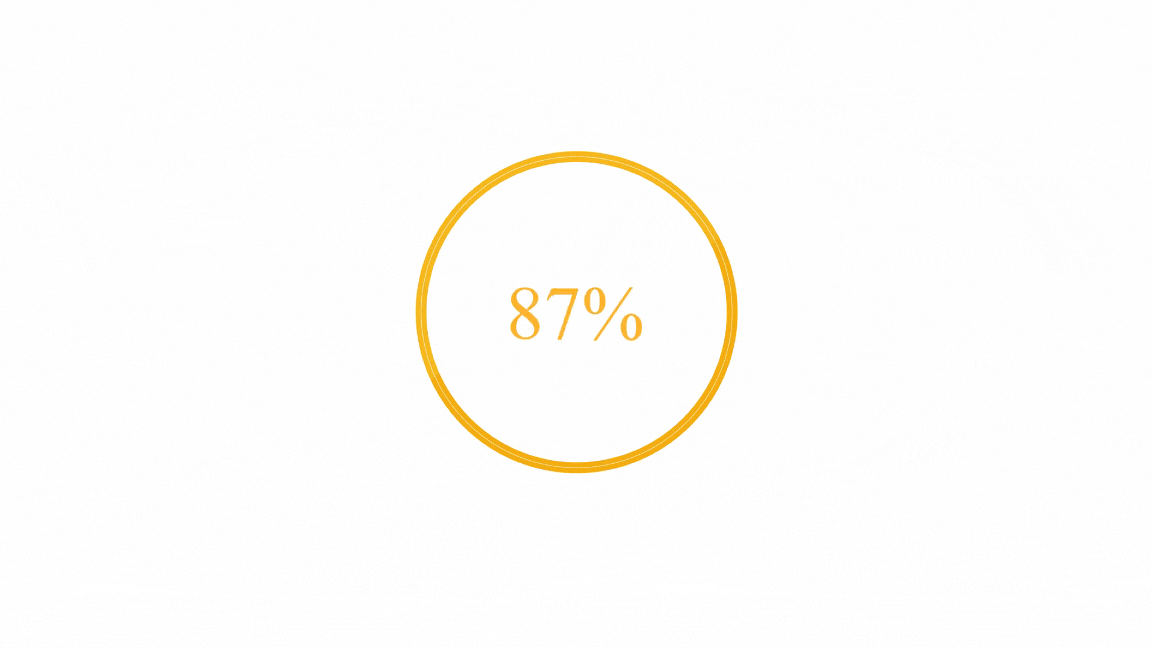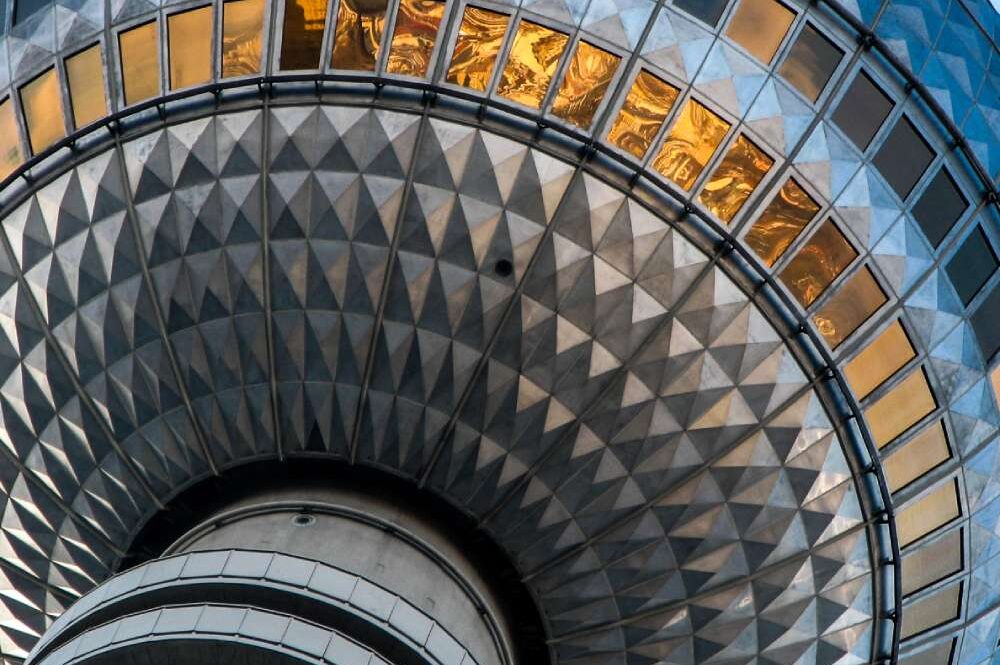
Installation of Walls & Wall Treatment
Have you ever considered creating additional walls or employing dividers to separate your room? Or do you wish to use wall treatments to improve the interior’s appearance? We’ve got your back! Skilya is well qualified to assist you in this circumstance. Utilizing wall treatments is one of the best ways to significantly raise the aesthetic value of your property. When it comes to wall treatments, homeowners have a lot of creative latitudes. You can pick and change your interior style based on your preferences and your financial resources. To learn some of my principles, keep reading.
Wall Installation
The construction or relocation of one or more inside walls is a typical renovation project component. A nonbearing internal wall can be built even with the most basic carpentry tools and skills. To ensure a secure attachment at the top, bottom, and ends of the new wall, you might need to peel away some surface materials, depending on the type of your existing floor, walls, and ceiling. If the new division won’t butt into studs at the adjacent wall or fall squarely beneath a ceiling joist, it is necessary to install nailing blocks between the framing components. A typical interior wall comprises vertical 2-by-4 studs supporting the horizontal base and top plates. In bathrooms, water-resistant “green” wallboard, tile backer board, and tile are used in place of the typical gypsum wallboard or lath and plaster.
Wall Treatment
The main goal of wall treatments is to enhance the building’s appearance. The wall treatments set off the other elements in the room. As a result, they are crucial to maintaining harmony between a building’s outside and internal architecture. They bind together each element of the structure. It comprises creating a wall that matches the room’s interior through design or construction. As a wall treatment, anything is possible, including paint, wallpaper, cloth, wood paneling, molding, plaster, and tile. Enhancing the interior design of your home or other area is its primary objective. They are frequently used to prevent scuffs, smudges, dust, and fingerprints on public walls. Murals throughout the city serve as examples of how to handle walls.
There are many ways you can treat your wall to enhance the look of your home or office. The first one is Venetian plaster. Plaster is mixed with marble dust to produce a finish known as Venetian plaster. Before being polished, it is applied to the walls in thin layers. This is ideal for traditional and modern homes and provides a ton of character and texture. Other methods, like as marmorino and sgraffito, can also be employed. The second is panels. Upholstered wall panels can create a stylish, opulent atmosphere in your home. They work amazingly well as floor-to-ceiling headboards in bedrooms, but they also look fantastic in snugs and living rooms where they encourage comfort. Thirdly, plywood walls. Walls made of exposed plywood are still common. However, plasterboard is now frequently replaced with plywood since it is a more affordable option and a more contemporary, clean appearance. To ensure it is sustainable and the most incredible opportunity for a healthy home, look for certified and low VOC plywood when considering this wall covering option.
Moving forward, you can also use textured clay walls. Clay plasters are a great wall covering for anyone looking for a solution to give their walls texture and a different depth of color and tone. Clay plasters are incredibly healthy and sustainable in addition to being recyclable, composting, and reusable. Many manufacturers, including Clayworks, make combinations devoid of volatile organic compounds or dangerous ingredients. Last but not least, clay plaster gives buildings the ability to breathe and take in noise, odors, and contaminants.
Ready to Get Started? Contact Us Today!
Phone: +966 138 999 045
- Email: info@skilya.com
- Visit our website at skilya.com to learn more about our services and view our project portfolio.
Our Brochure







